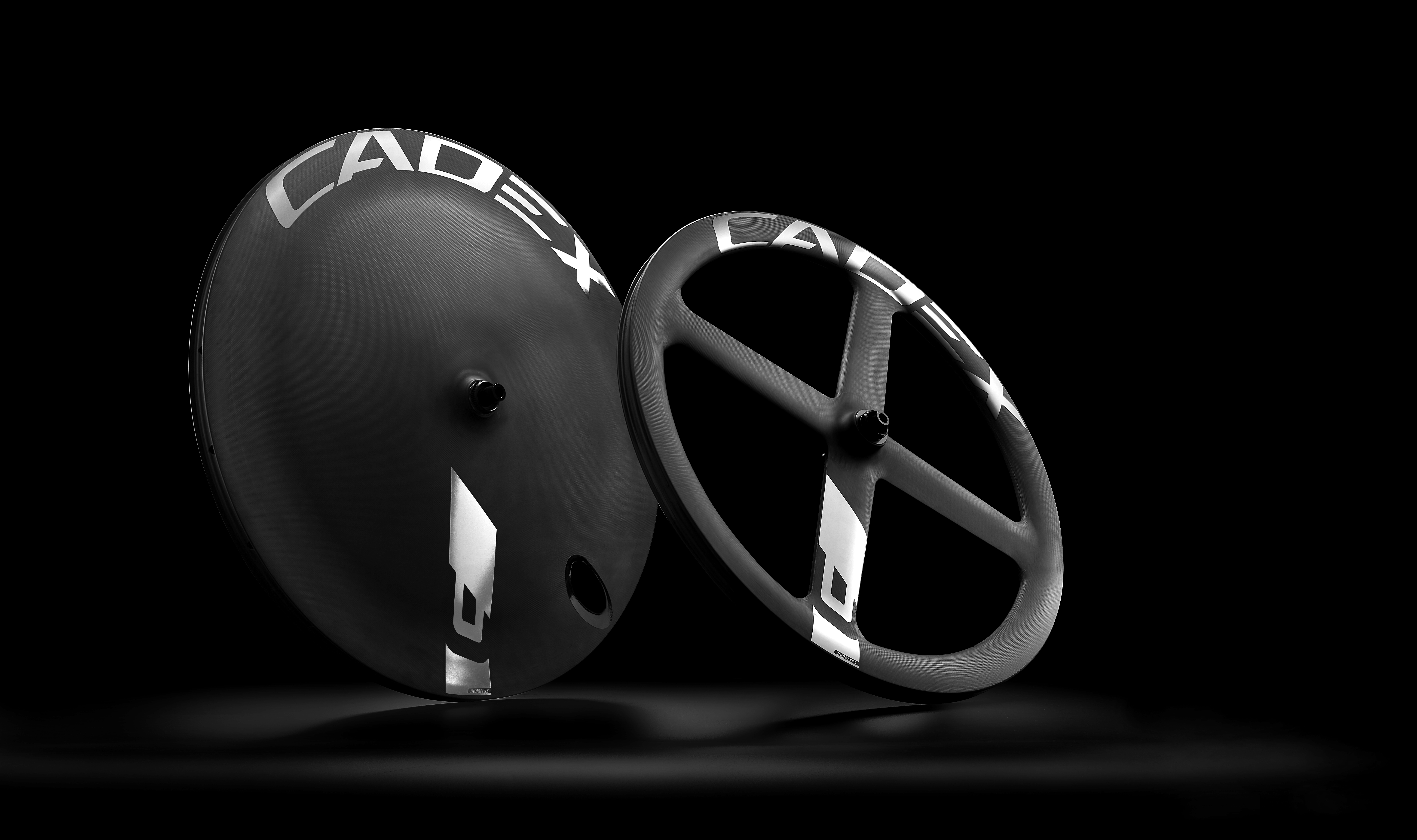The NEW Trinity
Posted by Joe Laverick, Ken Ballhause on 16th Jan 2025
The Giant Trinity
The worst-kept secret in the cycling product arms race is finally out, there’s a new Giant Trinity in town.
Legacy is the first word that comes to mind when you think of the Giant Trinity. The model first launched in the early 2000s and has long since become a category leader. Welcome to the NEW Trinity and a continuation of the legacy.
The previous edition of the Trinity launched in 2016, and in a disc brake world, it truly stood the test of time. The bike has carried some of cycling’s legends to some incredible victories: Tom Dumoulin’s Giro d’Italia and World Championships winning era were the first that come to mind but there are so many more.
Plappy’s countless Aussie TT titles, Sobrero’s Italian title, and Yates’ opening stage in the Giro. It’s also worth noting that the Trinity is a bloody good bike for amateurs too. It became the bike of choice for the British TT scene, the most professionally amateur race scene arguably in the world.
Olympics, World Tour, Kona, or Club 10, the Trinity is a true icon simply because it’s a bloody good bike.
What’s New?
Disc Brakes
In one of its earlier designs, back in 2008, the Trinity was the first bike at the time to have an integrated front end with internal cables and integrated brakes. Cables are the nemesis of a TT bike - Shimano and SRAM have solved this problem thanks to Di2 and AXS respectively, and now the new Trinity sees the death of brake cables too.
Whatever your opinion on disc brakes, there’s no doubt that they improve braking performance, but that’s just the tip of the iceberg. The consistency of brake performance is just as, if not more important than absolute stopping power.
Anyone who rode a rim brake TT bike in the last decade will know that brakes are extremely sensitive to cable wear, and they were a pain to route too. Any small imperfection would cause brake function to plummet - it wasn’t unheard of for riders to leave their rear brake so incredibly loose that it would hardly engage due to all these issues.
We’re preaching to the choir, but disc brakes solve this.

Real Estate
Frame real estate is an area that you might not think about at first, but it’s very important. With the move to disc brakes, there is now freedom to manipulate the frame shape around the BB and fork crown, where previously the brake calipers had to be catered for. It turns out that moving the brake calipers to the dropouts does a great job of freeing up areas that are prone to clearance issues.
At the back, this means more opportunities for playing with chainring sizes, without brake caliper clearance issues. The NEW Trinity is just in time for the 2024 / 2025 craze of large chainings.
Rightfully so. Driveline gains are legit.
Wheels
Up front, the freedom to play with fork profiles has seen an expansion in the space around the front wheel and tyre. Gone are the days of a 19 mm front tyre. Enter the handling and rolling characteristics of larger rims and tyres. And on the CADEX front wheel, they have an updated set of TT wheels to complement the NEW Trinity. Wider rims, to better support the use of 26 and 28 mm tyres, yes please.
Luke Plapp:
“These new CADEX wheels are amazing. I tested them and then rode them at the Olympics and could immediately feel that they are lighter and a lot more responsive. It’s a massive step up, and I can also tell that the relationship between the wheels and tyres seems to be well thought out.”
Single Spacer
One of the most striking changes is the move to a single, central spacer. This has been driven largely by Giant’s investigations into aero performance.
At Sync, from a consumer perspective, we applaud the centre-stack spacer design as it cleanly and elegantly allows us to achieve any width and offset that we desire. A single, central spacer makes a lot of sense, for the vast majority of people.
Max Walscheid:
"The new bike is stiff in all of the right places. There's better weight distribution, and I feel it allows better control of the bike, which therefore allows better cornering. Of course, this bike is aerodynamic, but there are more parts to a good TT bike than just aerodynamics."

A Tri Bike?
Modern-day TT bikes are also triathlon bikes too, and it ain’t a tri bike unless it has integrated hydration options. Giant have revamped the hydration offerings with their Trinity and in meaningful way. It’s now in the form of a removable tank above the bottom bracket, with a drinking straw that extends to the cockpit.
Why? Because this bike caters for both UCI and Triathlon. This system simply makes a whole lot of sense and we have to tip our hats to them.
Conclusion
The new Trinity is an upgrade on a classic. It brings in all of those timeless features that made it an iconic frameset back in the early 2000s but with the engineering of modern-day aerodynamics. This could well be the bike that sees Giant through another nine-year product cycle. And that’s not a bad thing…
Sync Ergonomics offers a range of Giant Trinity compatible products to help improve your cycling performance.

